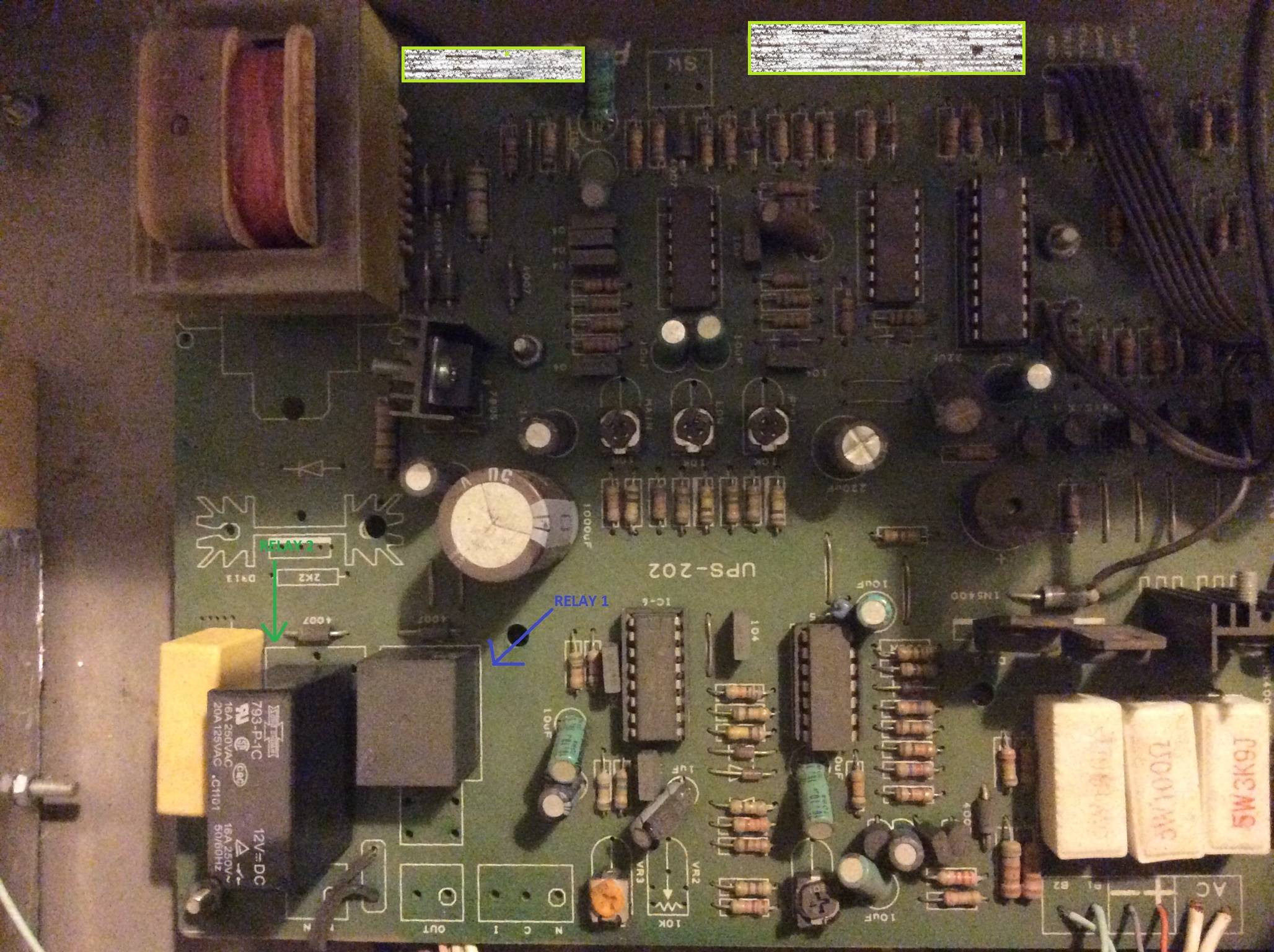
Hello I need to verify a couple of relays for proper functionality. They are soldered onto a PCB as shown in the attached image - labelled RELAY 1 and RELAY 2.
Online tutorials take a stand-alone relay and energize it via a DC power source. Can that be done here i.e. using a DC source to only apply voltage to the appropriate relay terminals while they are still soldered? What is the normal procedure for verifying relays soldered onto a PCB?
Thanks
